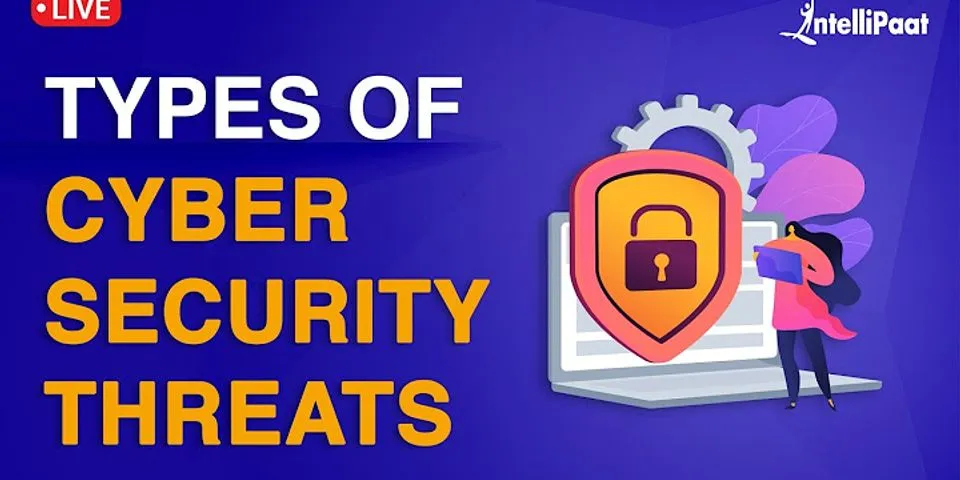As 2024 approaches, the digital landscape and cyber security threats is still changing at a rate that has never been seen before. As technology advances, the globe grows increasingly linked, and with it, so are the perils that lie in cyberspace. In order to successfully traverse the digital frontier, organisations and individuals alike must be informed of the emerging cybersecurity trends and risks.
The word “cybersecurity” now refers to the continuous conflict between digital asset defenders and cybercriminals because this battlefield is undergoing a fundamental change in 2024, with new patterns influencing how digital defence will develop in the future.
Table of Contents
Architecture of Zero Trust
Experts in cyber security are coming around to the idea of Zero Trust Architecture.To be informed conventional perimeter defences prove inadequate in today’s environment, the Zero Trust model pushes for rigorous identity verification of all system users. This trend, which calls for constant authentication and permission during a user’s session, represents a break from the conventional “trust but verify” approach.
Combining AI and Machine Learning
These days, artificial intelligence (AI) and machine learning (ML) are essential parts of cyber security plans rather than sci-fi ideas. Faster anomaly detection, quicker threat response, and the capacity to pick up on and adjust to changing attack strategies are all made possible by these technologies. It is anticipated that the adoption of AI-driven solutions would advance, offering a proactive defence against online dangers.
Resilience against Ransomware
Due to the increase in ransomware assaults, organisations are now concentrating on enhancing their defences against this expanding danger. Proactive cybersecurity measures are replacing reactive ones, including as frequent backups, staff training, and enhanced threat intelligence to find possible ransomware vectors before an attack happens.
Potential Dangers of Cyber Security Threats
Cybercriminals’ strategies also evolve in tandem with cybersecurity measures. Some risks appear to be quite real as we look ahead to 2024.
Efficient Attacks on the Supply Chain
The supply chain is becoming a more popular target for cybercriminals looking to breach bigger, more protected companies. Because linked ecosystems can have cascading impacts from a compromise in one area of the supply chain, it is critical for organisations to thoroughly screen and protect their whole network of partners and suppliers.
Risks associated with Quantum Computing
Although quantum computing has the potential to solve many challenging issues, it also poses a serious threat to existing encryption techniques. The cryptographic techniques that protect sensitive data now could become outdated as quantum computers mature, requiring the creation of quantum-resistant encryption standards.
As quantum computing moves from theory to real-world application, the cybersecurity sector will encounter previously unheard-of difficulties. A proactive and cooperative strategy is required due to the possibility of cryptographic weaknesses, data integrity concerns, supply chain hazards, historical data decryption, and the development of quantum-based cyberattacks.
5G Vulnerabilities
While 5G technology offers previously unheard-of speed and connection, it also carries with it new risks. Securing the growing network of systems and devices connected by 5G is a significant challenge for cybersecurity experts due to its increased attack surface.One of the primary concerns with 5G technology is the significant expansion of the attack surface. With more devices and systems interconnected at faster speeds, the potential entry points for cyber threats multiply.
Conclusion
Strong cyber security measures are crucial as we take advantage of the benefits that come with a more connected society. The industry’s dedication to remain one step ahead of cyber dangers is evident in the trends that will shape the landscape in 2024, from the integration of AI and ML to Zero Trust Architecture. However, constant attention to detail and flexibility are necessary due to the dynamic nature of cyber security threats.
Businesses and individuals alike need to put cybersecurity exclusively in order to protect private data, uphold confidence, and guarantee the smooth operation of our digitally reliant society in the face of new threats. The foundation of cyber security threats will be essential as we traverse the digital frontier to withstand the storms of the always changing cyber world.












